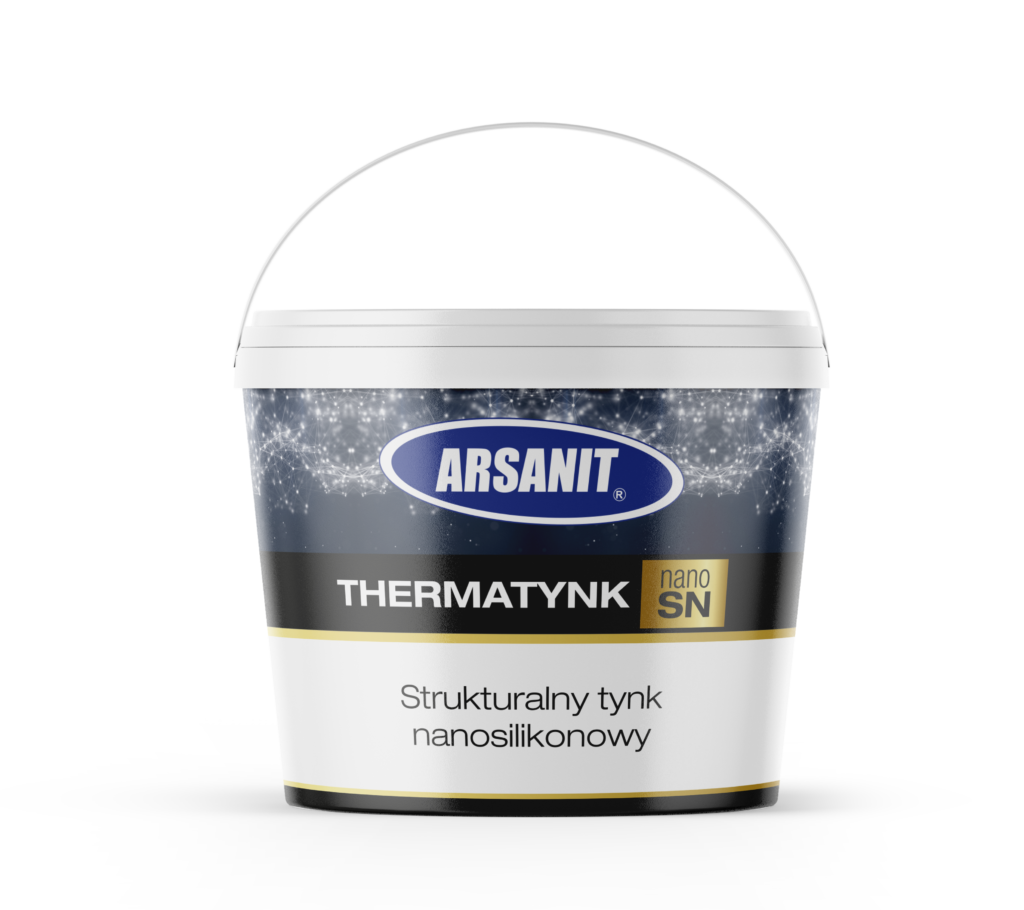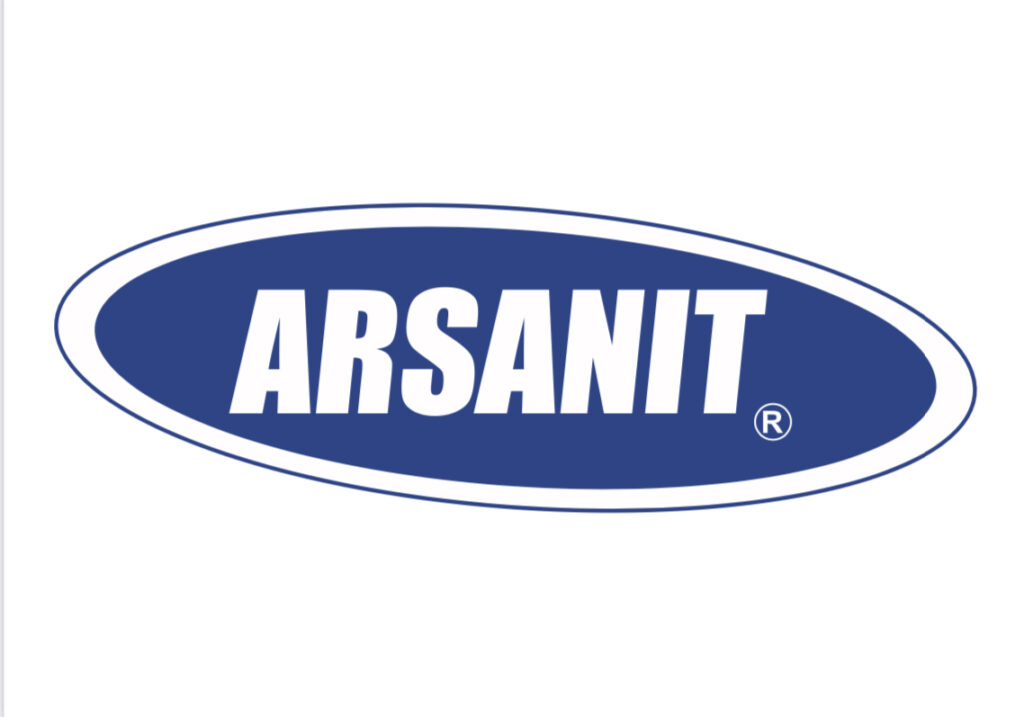THERMATYNK nanoSN - structural nano-silicone plaster is a thin-layer decorative plaster intended for internal and external plasters. It is available in "lamb" structures for manual application and rubbing, and in "modeled" structures for manual or mechanical application, and invoicing or stamping using a special silicone matrix.
- for indoor and outdoor use,
- resistant to dirt,
- has self-cleaning properties,
- flexible and impact-resistant,
- the plaster creates a coating permeable to water vapor,
- protects against the development of fungi and algae,
- Dyed from a palette of 365 colors, or on individual order,
- hydrophobic, UV resistant,
- lamb and modeled texture,
PROPERTIES:
THERMATYNK nanoSN - nano-silicone plaster is a ready-to-use plaster with a paste consistency. It is efficient, convenient and easy to use. Silicone plaster creates a coating that is permeable to water vapor and, thanks to modern technology, protects against the growth of fungi and algae. It is characterized by high resistance to damage and weather conditions. The colors of THERMATYNK nanoSN nano-silicone plasters are presented in the ARSANIT color palette. Other colors are also available upon customer request.
IMPORTANT INFORMATION:
- Complete drying time: 12 to 48 hours,
- Initial drying time: about 15 minutes,
- Application temperature: from +5°C to +28°C,
- Shelf life: 12 months,
- For use: outdoors and indoors,
PREPARATION OF THE SUBSTRATE:
The substrate should be strong and even, free from dirt, dust, grease, oil, wax and paint remnants. Old paint and plaster coatings with insufficient adhesion should be removed and any gaps should be filled using adhesive mortar. Before applying the plaster, regardless of the type of substrate, make a contact layer of THERMAGRUNT-nanoSN primer to obtain an appropriate adhesive layer. It is recommended to use a plaster primer in a color similar to the color of the plaster.
HOW TO APPLY:
- lamb – manual,
- structure modeled by hand or machine,
EXECUTION:
Plaster preparation: Before applying, mix the mass thoroughly using a slow-speed mixer. Depending on the type of substrate and application conditions, temperature, air humidity, substrate absorbency, etc., the manufacturer allows adding a small amount of L8R preparation, no more than 0.25 L per package. To avoid differences in the color of the plaster and its texture, the amount of the preparation added should be the same for each package.
TOOLS:
Drill with mixer, smooth steel and plastic trowel. Tools should be washed with water immediately after work.
PREPARATION OF PLASTERING MORTAR:
The actual plastering work can be started after the substrate has been properly prepared and completely dry. The nano-silicone plaster is applied with a stainless steel trowel and the excess material should be collected in a bucket. Floating can be started after some time, when the mass does not stick to the tools and can be formed. This time depends on the type of substrate and the weather conditions prevailing during application. The desired texture is achieved by using a plastic trowel, which should be moved along the surface to be troweled with uniform, circular movements. Avoid spots with unevenly distributed mass because these defects cannot be removed after the plaster dries. Stopping work should be planned in advance in places where any connection will be difficult to see. In order to obtain a uniform structure and color of the plaster, work on a wall forming one surface should be carried out continuously, without breaks, using material from one production batch. The product contains natural mineral fillers, which may cause differences in shades. Otherwise, the junction of the two layers will be visible. During the application and drying of the nano-silicone plaster, the ambient temperature should be +5°C to +28°C, also at night. Optimum temperature during application +25°C. Nano-silicone plaster should not be applied in strong wind, direct sunlight, rainfall, or without the use of protective measures (nets, tarpaulins). These conditions must be maintained for a minimum of 3 days from the time of application. During this period, the temperature cannot drop below 5°C. The drying time of the plaster depends on the substrate, temperature and relative air humidity and ranges from 12 to 72 hours. In conditions of increased humidity and low temperature of approximately +5°C, the plaster setting time may be extended. Failure to follow the above recommendations or poor preparation of the substrate may lead to permanent color differences on the plaster surface, such as efflorescence or discoloration, and in extreme cases, to a reduction in its durability and even detachment from the wall.
Work should be carried out in accordance with the principles of construction practice. Any interference with the composition of the product is unacceptable and may significantly reduce the quality of the material used. In case of connection with products of other manufacturers, we do not assume any responsibility.
STORAGE AND TRANSPORT:
The shelf life in the originally closed container is: 12 months from the production date indicated on the packaging at a temperature from +5°C to +28°C. Opening the packaging can significantly shorten this time.
PACKAGING:
Bucket 25 kg,
PALETTE:
25 kg x 24 pieces = 600 kg.


